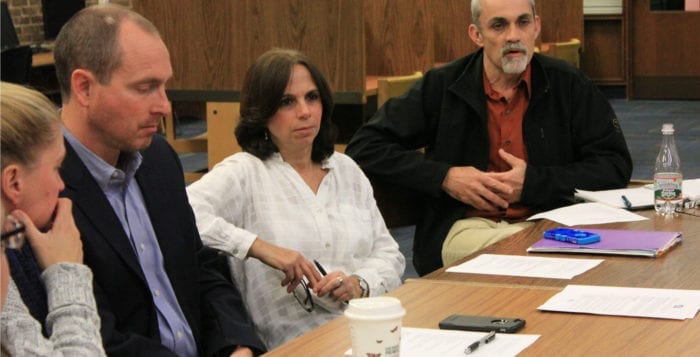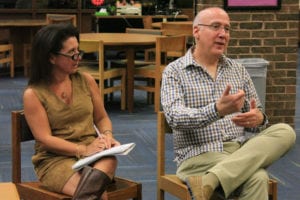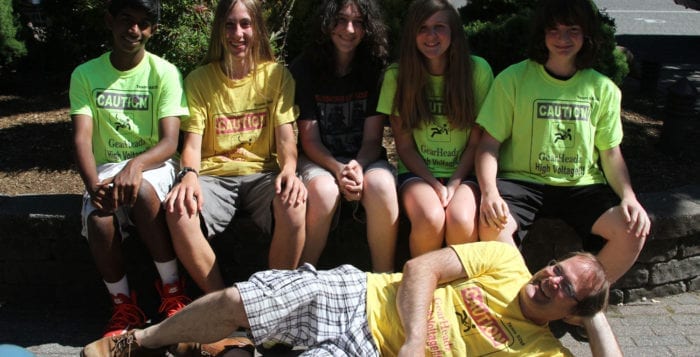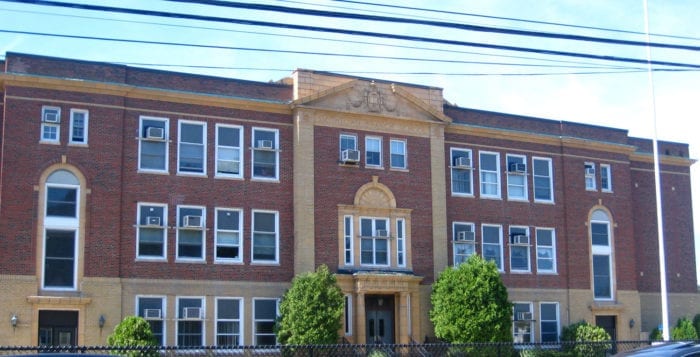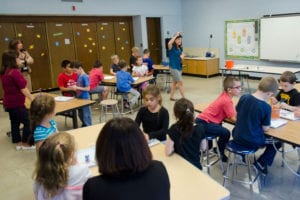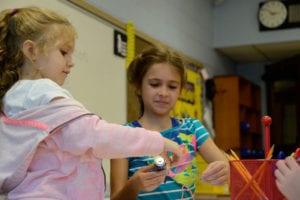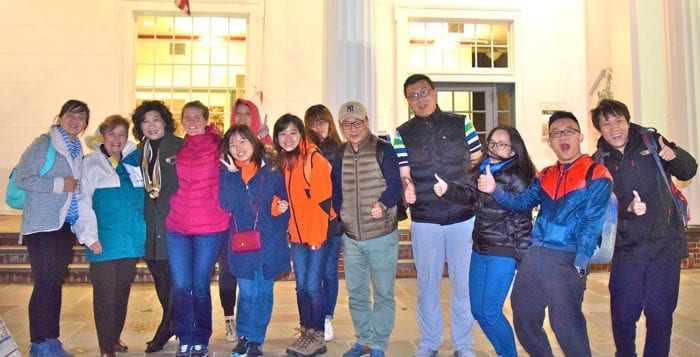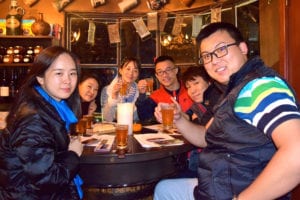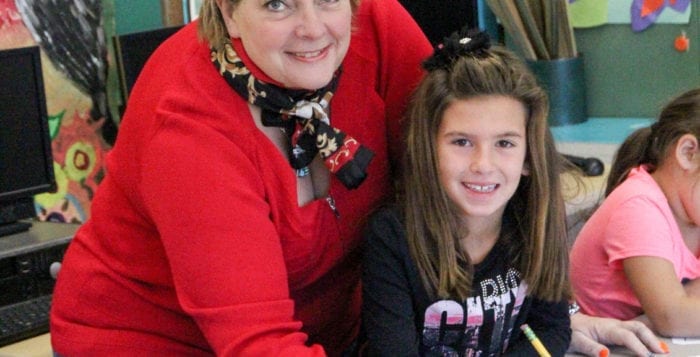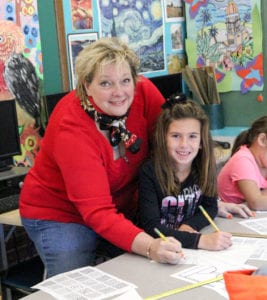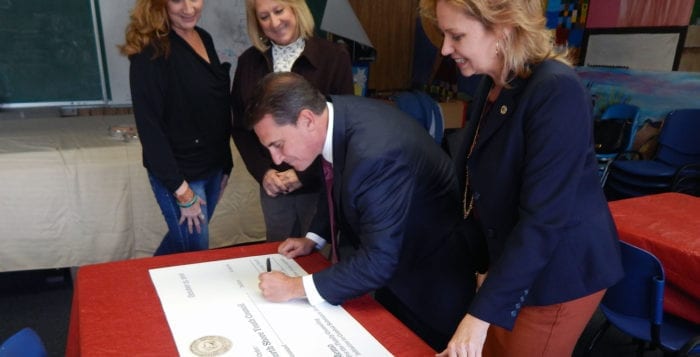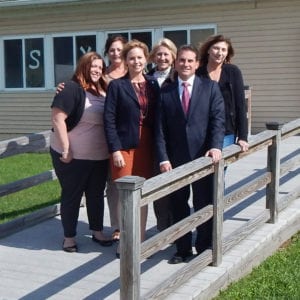Suffolk County Community College in Riverhead held an opening reception last week for its annual Eastern Campus Student Art Exhibit, a show that takes place every fall in the Lyceum Gallery of the Montaukett Learning Resource Center on the Eastern Campus.

The salon-style show serves to highlight exceptional work created by students in the college’s applied arts programs. This year’s exhibit contains over 60 works that will be displayed in a variety of media and sizes, all of which have been done for classes on campus within the last two years.
Students majoring in photography, graphic design, computer art and interior design were able to submit up to three pieces of their choosing and have the opportunity to leave their often-isolated creative spaces and gauge a reaction of their work from the public..
Ralph Masullo, professor of photographic imagery, said that the gallery has proven to be incredibly valuable for the artists in many ways.
“When you’re an artist and put your work out, you’re basically putting yourself out,” Masullo said. “For students who tend to be very timid about that, it’s their first experience to be exposing themselves as an artist. It’s a good experience for them. Just standing around and listening to comments from strangers is very helpful.”
Sarah Mullen, 22, of Centereach, said that this was her first art exhibit on a college-level, even though she’ll be graduating from SCCC this year with a photography major.
Mullen submitted two photos that will eventually be part of a travel photography book she’s been working on this semester as a special project that highlights lesser-known locations on Long Island. One was taken at Avalon Park in Stony Brook and the other at Prosser Pines in Middle Island. The photo titled “Nature’s Tranquility” of stone steps ascending deeper and deeper into a beautiful forest is so mesmerizing that it became the official image for the reception, appearing on all promotional fliers.
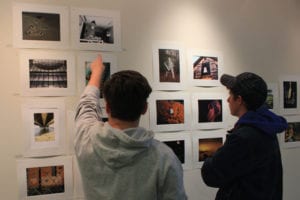
“It’s nice to have the exposure here,” Mullen said. “Usually, as an artist, all you’d have besides a gallery is the internet, and it’s cool for someone to come physically see your work on the wall. When it’s on the computer, you can still edit it, you can still change things. Once it’s on the wall, that’s it.”
One of the most striking photos in the gallery came from Kiera Pipe, 19, of Miller Place. Taken at Peconic River Herb Farm in Riverhead, the photo captures a sundress hung up on a line in between two shutters on the top floor of a rustic and worn-down barn. One observer said it was haunting and looked almost ghost-like.
Pipe, who’s a photographic imagery major, said that she likes to see whether or not her work means something to someone else or provokes an emotion of any kind. Constructive criticism, she said, makes her a better artist.
“I’m really new to submitting my work into events like this,” Pipe said. “It’s really interesting to watch other people look at my images, while I’m kind of trying to figure out what they’re thinking. I think it’s really awesome … it’s a good feeling.”

Growing up on the North Shore, she naturally gravitated toward photography, with a specific focus on landscapes.
“I like all the components that go into it,” she said. “Your eye travels in so many different directions when you’re looking at a landscape. [Growing up] on the water, everything always looks so different. It’s the same place and everything, but the shores and the sky changes so much … it always becomes a different photo.”
The exhibit is open through Dec. 14 in the Lyceum Gallery, located at 121 Speonk Riverhead Road on the Eastern Campus in Riverhead. Gallery hours are Monday through Thursday 10 a.m. to 7 p.m., Friday from 10 a.m. to 4 p.m. and Saturday from 11 a.m. to 4 p.m. The gallery is closed on Sundays and holidays (gallery closed from Nov. 24 to 27).


